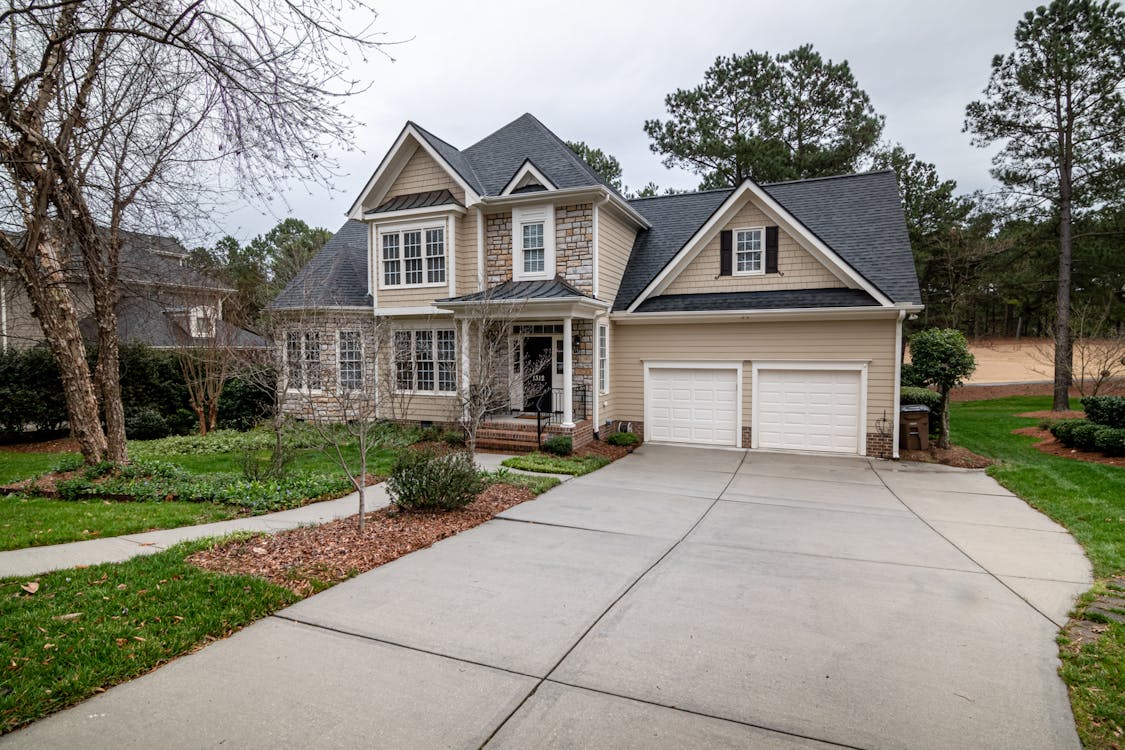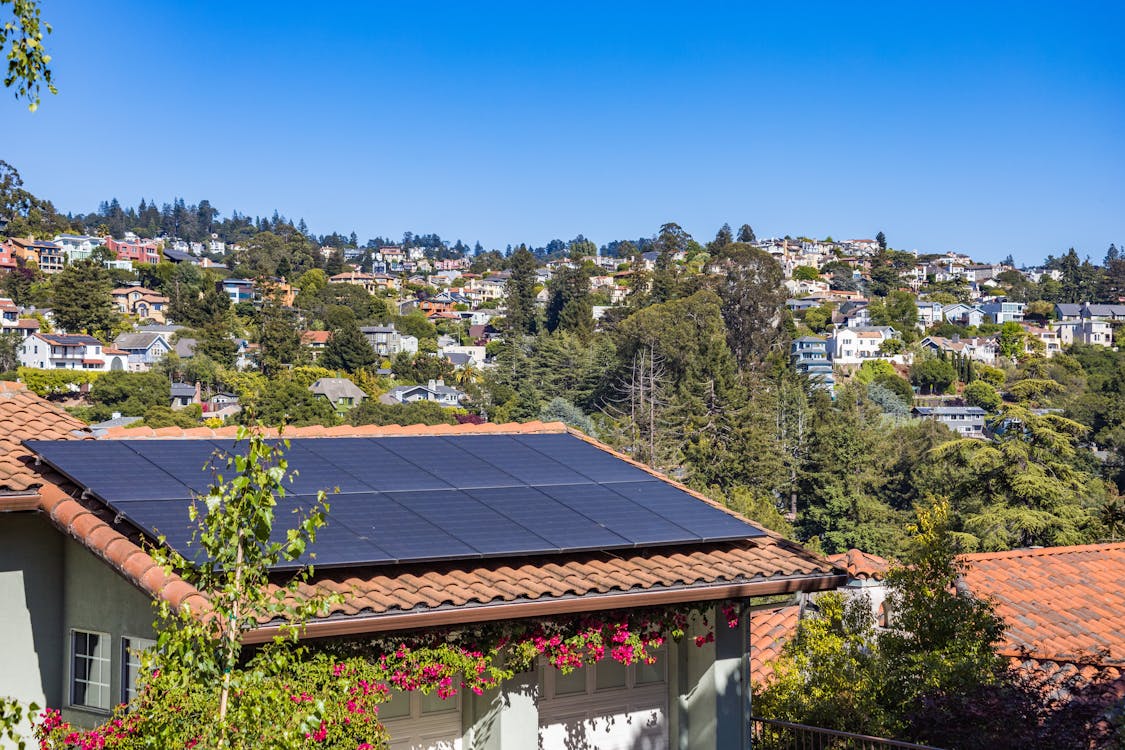Extreme weather events are no longer rare—they’re the new normal. From wildfires in California to hurricanes in Florida and Texas, climate risks are driving up insurance premiums and changing how lenders evaluate investment properties.
If you’re an investor looking to grow your portfolio in these high-risk zones, you need to think beyond location and layout. Today’s most competitive properties are built to endure—and their financing must reflect that.
Why Insurance Premiums Are Rising for Rental Properties
Rental property owners in disaster-prone regions are facing double trouble: rising insurance costs and stricter underwriting standards. In areas with high flood, wildfire, or windstorm exposure, insurers are pulling back, raising deductibles, or exiting the market altogether.
Lenders are taking note. Properties without climate mitigation measures are increasingly seen as financial risks, which can affect your eligibility for rental property loans or reduce loan-to-value ratios.
To stay competitive and secure funding, it’s essential to align your property strategy with environmental resilience.
Resilient Upgrades That Improve Loan Approval Odds
Investors aiming to reduce insurance costs while appealing to lenders—and tenants—should consider these high-impact upgrades:
- Flood-proofing foundations and entryways
- Installing impact-resistant windows and doors
- Using fire-resistant siding and roofing
- Elevating HVAC systems in flood zones
- Adding solar panels or battery storage systems
These investments not only protect the property but also increase its market value, appeal to eco-conscious tenants, and improve your case with rental property lenders.

Financing Strategies for Climate-Resilient Rentals
Securing loans for rental homes with a climate-resilience focus means understanding which lenders offer flexibility—and which upgrades they value. For insights into financing resilience projects, the Department of Energy’s Better Buildings Initiative provides valuable resources.
- Asset-Based Lending for Quick Upgrades
Traditional banks often hesitate to fund older or at-risk properties without extensive documentation. But hard money lenders base approval on property value, not just your credit. This is ideal when you need fast funding for retrofits that enhance resilience.
Look for hard money loans with flexible terms to help you cover upfront construction costs while keeping cash flow intact.
- Leverage Refinance Options for Improvements
If you already own property, rental property refinancing can unlock equity to invest in climate upgrades. Refinancing a rental with new features like flood barriers or solar panels can improve your asset’s profile with insurers and lenders.
Just be sure to review rental property loan requirements to ensure the improvements align with the lender’s criteria.
- Consider State-Specific Lending Programs
High-risk states like Florida, California, and Texas often offer property resilience grants or incentives. While these aren’t loans, they can work hand-in-hand with financing to reduce total out-of-pocket expenses.
Some mortgage lenders in these states may also offer rate discounts or higher loan-to-value ratios for green or resilient properties.

Building a Portfolio for Long-Term Profitability
Today’s renters are more eco-conscious—and more aware of climate risk. By prioritizing climate resilience, investors gain more than lower insurance premiums; they tap into a growing rental market that values safety, efficiency, and sustainability.
This strategy works especially well for:
- Short-term vacation rentalsin storm-prone coastal towns
- Multifamily propertiesin wildfire zones
- Long-term rentalsin flood-prone metro areas
Working with private money lenders for rental property can provide the speed and flexibility to act fast—before the next rate hike or natural disaster strikes.
Application Tips: What Lenders Want to See
When applying for rental loans for investors, especially in high-risk areas, lenders are increasingly focused on risk mitigation. Here’s how to strengthen your loan application:
- Include documentation of climate-resilient upgrades
- Provide insurance quotes showing premium reductions
- Submit before-and-after property assessments
- Highlight local compliance with updated building codes
Whether you’re applying for a rental property loan for first-time investors or expanding an existing portfolio, these steps can help secure better terms and faster approval.
Invest Smart, Invest Resilient
In today’s climate, smart property investment means looking beyond curb appeal. Resilient rentals are the future—and investors who adapt early can avoid soaring insurance premiums and secure better financing options.
Whether you’re exploring rental property financing in Florida, considering upgrades in California, or planning a new build in Texas, the right lending partner makes all the difference.
Insula Capital Group specializes in fast, flexible financing for investors ready to build smarter, safer rental portfolios. Explore recently funded projects here, learn more about us, or get started with our quick application process today.




